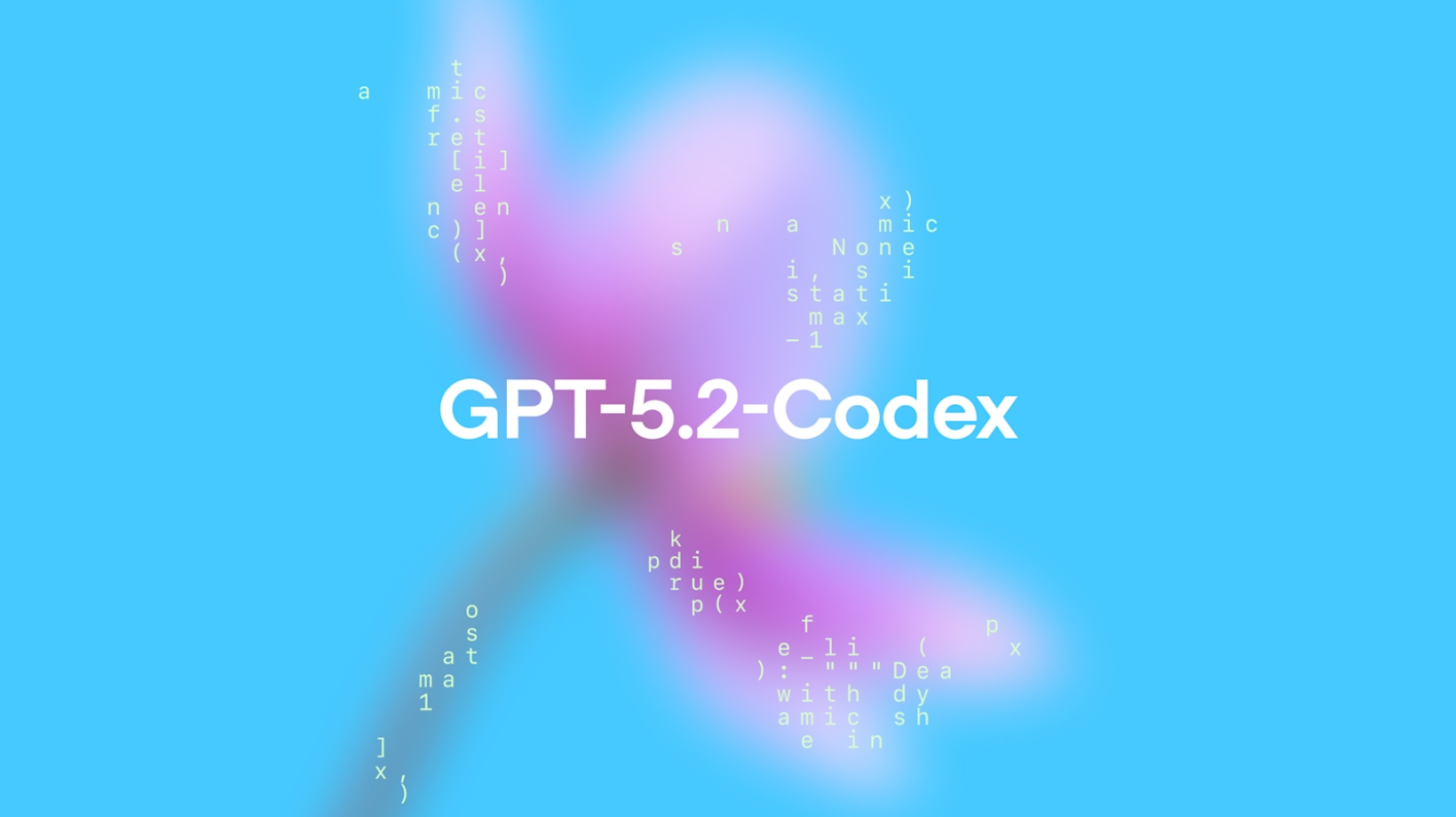Physical AI: Current Status and Implications
Next-Generation AI Revolution Beyond Generative AI, Global Market Surges 350%
According to a report released by SPRi, Physical AI is rapidly emerging as the next-generation AI technology trend, garnering worldwide attention. A new paradigm shift has begun as artificial intelligence expands beyond the digital realm into the real world. According to global IT market research firm Statista, the AI Robotics market size grew 350% from approximately $5 billion in 2020 to $22.5 billion in 2025, and is projected to reach approximately $64.3 billion (about 85 trillion KRW) by 2030 with a compound annual growth rate (CAGR) of 23.3% over the next five years.
Physical AI is defined as a system where AI is implemented within physical entities, capable of perceiving the real world through sensors and actuators, making autonomous judgments and actions, and organically interacting with the environment.
NVIDIA Cosmos Platform Revolutionizes Simulation-Based Learning
NVIDIA CEO Jensen Huang declared at his CES 2025 keynote that “the next frontier of AI is Physical AI,” focusing industry attention. NVIDIA unveiled ‘Cosmos’, a platform designed to enhance Physical AI development. While typical language models learn based on vast amounts of text, Cosmos is designed to generate images and 3D models of the physical world. For example, Cosmos can generate realistic video footage of boxes falling from shelves inside a warehouse, enabling robots to learn to recognize accidents.
NVIDIA has built an ecosystem through its three-tier computing architecture (NVIDIA DGX, NVIDIA OVX, NVIDIA AGX) with ‘Project GR00T’, a general-purpose foundation model for humanoids. This system provides integrated support for large-scale AI training, simulation-based reinforcement learning, real-time execution, and sensor data processing.
Global Humanoid Competition Accelerates from Tesla Optimus to China’s Unitree
According to Morgan Stanley’s ‘The Humanoid 100’ analysis, 52% of companies are currently directly participating in the humanoid industry, while the remaining 48% are analyzed as companies likely to enter in the near future. Tesla is leading the market with its general-purpose humanoid robot Optimus. Optimus provides a total of 50 degrees of freedom (DoF) and is equipped with a central computer utilizing Tesla’s Full Self-Driving (FSD) hardware and software. Its biomimetic hands provide 11 degrees of freedom and can lift up to 20 pounds (approximately 9kg).
Chinese companies’ advances are also notable. Unitree’s G-1 is priced at $16,000 (approximately 21.3 million KRW), much cheaper than competitors, leading with price competitiveness. China controls 63% of the global humanoid parts supply chain and has secured price competitiveness to produce robots at less than half the price of international competitors.
Specialized Development by Four Types, Autonomous Vehicles Projected to Reach 1.8 Billion Units by 2050
Physical AI is classified into humanoid, autonomous vehicle, drone, and AGV & AMR types according to technology level and form. According to Citi Group’s forecast, by 2050, autonomous vehicles are expected to reach 1.858 billion units, humanoids 648 million units, AGV & AMR 181 million units, and drones 149 million units. In the autonomous vehicle sector, Tesla’s Autopilot and Google’s Waymo are leading. Waymo achieved over 100,000 paid rides per week in 2024 and unveiled ‘EMMA’, an end-to-end multimodal model based on Google’s multimodal large language model ‘Gemini’.
In the drone sector, China’s DJI Matrice 4 series has evolved into an intelligent system that automatically detects and tracks vehicles, ships, and people in real-time with built-in AI models, automatically setting and adjusting flight paths and speeds according to surrounding environments.
Despite 75% Job Displacement Forecast in US, Three Realistic Limitations Exist: Cost, Safety, and Ethics Challenges Abound
Despite the rosy prospects for Physical AI, realistic limitations and challenges abound. Particularly, three major challenges – technical limitations, economic burden, and social impact – are acting as obstacles to commercialization. From a technical perspective, current foundation models have not yet sufficiently implemented cognitive-control integrated structures capable of generalizing diverse environments and complex tasks. Robot behaviors learned in simulations react sensitively to environmental changes or exceptional situations in real environments, and mechanisms to safely respond to unexpected situations are inadequate. Additionally, the gap between energy demand and supply is widening as the rate of increase in AI model power demand is faster than the annual improvement rate of battery energy density (5-8%).
From an economic perspective, enormous development costs are constraining mass adoption. Substantial capital investment is required throughout the entire process from high-performance component usage, customized design, to complex system integration, and the use of high-performance semiconductor chips such as GPUs, NPUs, and TPUs is essential for training and operating foundation models with billions of parameters.
Social impact is also concerning. Morgan Stanley analyzed that in the long term, approximately 75% of jobs and 40% of workers in the US could be replaced by humanoid robots. If the economic benefits of Physical AI adoption are concentrated only on capital owners or shareholders, and complementary measures for displaced workers are inadequate, there is a possibility of deepening social inequality and widening digital divides.
Ethical and legal challenges are also complex. Due to their autonomous judgment and action characteristics, legal responsibility entities (operators, developers, manufacturers, etc.) may become unclear when accidents occur, and since Physical AI continuously collects real-time data such as video, audio, and location, there are also concerns about sensitive personal information leakage or unauthorized storage.
FAQ
Q1: How does Physical AI differ from existing robots?
A1: While existing robots only performed pre-programmed tasks, Physical AI can perceive environments in real-time and make autonomous judgments and actions by incorporating AI foundation models. Additionally, through multimodal AI, it can process visual, language, and audio information integratively, enabling natural interaction with humans.
Q2: Why is the Physical AI market experiencing rapid growth?
A2: The development of AI foundation model technology, miniaturization of high-performance sensors and actuators, and improved edge computing technology have worked in combination. Particularly, as generative AI technology extends to physical actions, automation demand is surging across various industries including manufacturing, logistics, healthcare, and services.
Q3: What are the main challenges in adopting Physical AI?
A3: High development and operational costs, ensuring safety in real environments, social issues from job displacement, and unclear legal liability are major challenges. Additionally, overcoming technical limitations in battery life and energy efficiency, and complex real-world environments are problems that need to be solved.
The reports cited in this article can be found at the link provided.
Image source: Generated by Ideogram
This article was written using Claude and ChatGPT.





![[12월 19일 AI 뉴스 브리핑] 국내 AI 서비스 이용률 조사… 챗GPT 1위, 제미나이·뤼튼 약진 외](https://aimatters.co.kr/wp-content/uploads/2025/12/AI-매터스-기사-썸네일-12월-19일-AI-뉴스-브리핑.jpg)
